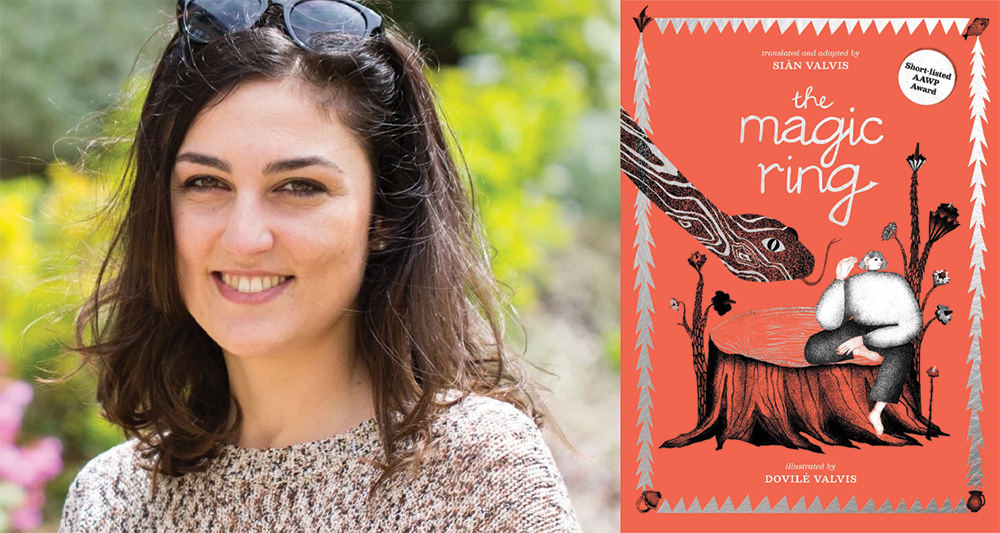The Magic Ring, translated and adapted by Siân Valvis, illustrated by Dovilė Valvis, Fontanka, 2025
Enter Boris Viktorovich Shergin, Soviet Pomor writer, folklorist, and illustrator from Arkhangelsk, hailed as The Bard of the Russian North (Певец Русского Севера). Shergin was famous for his vivid storytelling for children, specifically regarding various facets of traditional Pomorye life, delivering his tales in a native Pomor/ White Sea dialect that was praised by some of his greatest admirers—including the sculptor and puppeteer Ivan Efimov, who stated that through him, we can hear the ‘undistorted voice of our ancestors’ («неискаженный голос предков»). Although originally penned in 1930s, many of Shergin’s stories, including ‘The Magic Ring’ (‘Волшебное кольцо’), did not appear in print until much later, with Russification standardising the Moscow dialect while suppressing minority and regional languages.
Shergin’s work was finally brought to us in English this past summer by publisher Fontanka and translator Siân Valvis in The Magic Ring, in which one of Shergin’s stories stands alone from its sibling folklore. The tale begins with Vanya, the protagonist sent to pick up his mother’s pension, only to be distracted by a muzhik mistreating various animals. The first time Vanya encounters the man, he saves a dog; the second, a cat; and the third, a snake. However, the latter is no ordinary serpent; she is Skarapeya, a magical snake queen prominent in Russian and Slavic folklore. In expressing gratitude, Skarapeya instructs Vanya to return her to her father and kingdom with some crucial advice: READ MORE…

